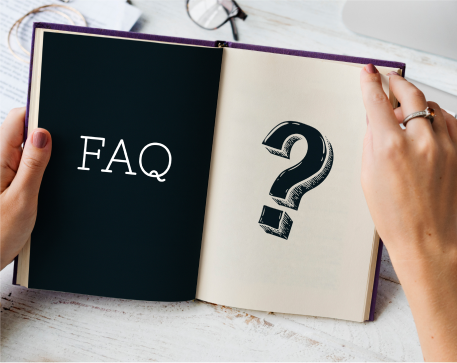Ready to learn?
Take the first step toward achieving your educational goals. Whether you’re preparing for exams or expanding your knowledge, getting started is just a click away. Join us today and unlock your full potential
832, utkarsh bhawan, near mandap restaurant, 9th chopasani road, jodhpur rajasthan - 342003
support@utkarsh.com
+91-9116691119
Support
Learning Resources
Rajasthan Govt Exams
Central Govt Exams
Civil Services Exams
Nursing Exams
School Tuitions
Other State Govt Exams
Agriculture Exams
College Entrance Exams
Miscellaneous Exams

© 2025 Utkarsh Classes & Edutech Pvt. Ltd. All Rights Reserved

Utkarsh Classes
Updated: 19 Nov 2023
3 Min Read

Former RBI Governor S Venkitaramanan died this morning after succumbing to a short illness. One of India's most talented public workers, notably in the subject of finance, has died at the age of 92 in Chennai. S Venkitaramanan served as RBI Governor during a critical period in our country's history, from 1990 to 1992. Venkitaramanan, who was born in Travancore on January 28, 1931, held a number of influential roles before becoming RBI Governor, including Finance Secretary of India and consultant to the Government of Karnataka.
Top Posts
Frequently asked questions

Still have questions?
Can't find the answer you're looking for? Please contact our friendly team.
Visit an Offline Centre Near to You.

1-Liner PDFs FREE !
Kumar Gaurav Sir ki Class PDF aur Daily One-Liner CA – Bilkul Free! Rozana preparation ko banaye aur bhi Damdaar!